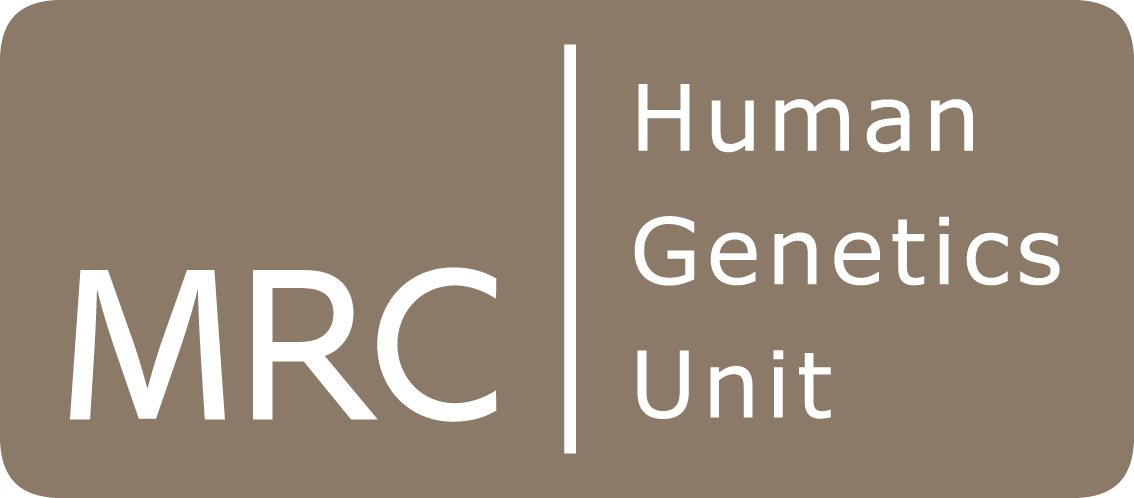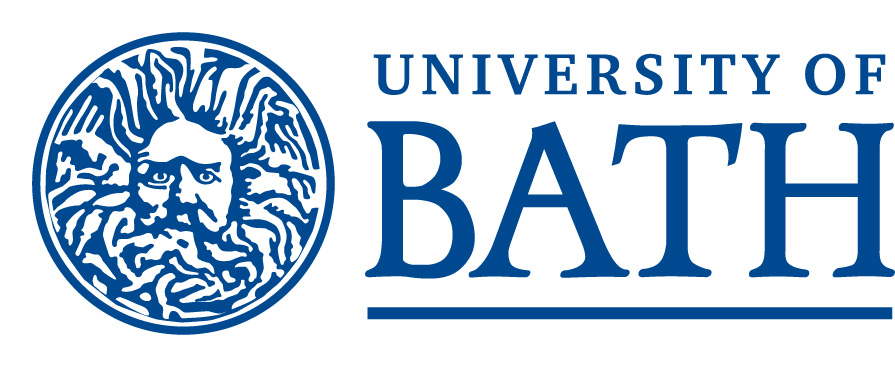What is The e-Chick Atlas Project (ECAP)?
The e-Chick Atlas Project (ECAP) is a multi-disciplinary project which aims to establish a database of gene expression patterns during chick development, with cross comparisons to the e-Mouse Atlas of Gene Expression (EMAGE).
The e-Chick Atlas Project is funded by a grant from the BBSRC, for the period of 2007 through to the end of 2012. This comparative resource is initially being populated with genes selected based on their expression in key signalling centres of the embryo (hypoblast, node, floor plate of the neural tube and polarizing region of the limb bud).
The e-Chick Atlas is available to whole Developmental Biology community in order to:
- increase knowledge on gene expression
- provide a common framework facilitating sharing of data
- cross-gene and cross-species comparisons and
- improve knowledge on embryonic anatomy and function.
Resources provided by the e-Chick Atlas Project are
- The e-Chick Atlas Anatomy Atlas of Chick Development (ECA) and;
- The e-Chick Atlas of Gene Expression Database (ECAGE).
The ECAP Consortium consists of 4 separate teams that provide complementary expertise for this coordinated effort, from the following institutions:
-

The Roslin Institute - Professor David Burt
- was one of the key figures coordinating the recent analysis of the chicken genome (1) and is involved in the analysis of other avian species (Zebra Finch 2007; Mallard 2008).
He is an expert in genome analysis and the use of bioinformatics for data mining and genome comparisons. He played a key role in producing chick ESTs (2) resources and the subsequent design of microarrays representing most of the chicken genome.
Together with Professor Tickle he identified talpid3 as a novel member of the Sonic Hedgehog pathway, the first case of positional cloning starting from a naturally-occurring mutation in the chicken (3).
Professor Burt also brings in the expertise and resources of ARKGenomics, molecular biologists and bioinformaticians at the Roslin Institute. He also has extensive expertise in coordinating multidisciplinary and multi-site projects, and is the principal applicant and coordinator of the e-Chick Atlas Project. - Dr. Megan Davey
- is a developmental biologist with expertise and interests in development and anatomy of the chicken embryo who has used comparisons between different developing organ systems to understand general developmental mechanisms, particularly in the analysis of the talpid3 chicken mutant (3) with Professors Tickle and Burt.
She is currently examining the Hedgehog signalling pathway through analysis of syn-expression patterns with Professor Burt and began a Career Progression Fellowship at the Roslin Institute in 2008. -

The Human Genetics Unit, Institute of Genetics and Molecular Medicine, University of Edinburgh - Professor Richard Baldock and Dr. Duncan Davidson
- have designed and implemented the “e-Mouse Atlas” which includes a three-dimensional anatomical atlas, an anatomical ontology and a database of gene expression patterns for the mouse embryo.
The existing e-Mouse Atlas Project provides the technical infrastructure of the e-Chick Atlas Project.
The e-Mouse Atlas of Gene Expression (EMAGE) (4) database provides the basis for the e-Chick Atlas of Gene Expression (ECAGE).
The Human Genetics Unit originated the technique of Optical Projection Tomography (OPT), which is used extensively in this project to generate 3D images of chick embryos.
In collaboration with Dr. Albert Burger at the Human Genetics Unit, they collaborate with international efforts to develop and integrate vertebrate anatomical ontologies. -

University College London - Professor Claudio Stern
- is an expert on early development of the chick embryo and on combining experimental embryology with molecular approaches.
His research concentrates on gastrulation, neural induction and segmentation.
His most important findings include the discoveries:
- that somites are subdivided into rostral and caudal halves which controls segmentation of the peripheral nervous system (5);
- a molecular mechanism that establishes embryo polarity just prior to gastrulation (6) (7);
- the first four genes controlling left-right asymmetry (8) and;
- that neural induction begins very early in development and requires FGF signals as well as identification of several novel players in the process (9).
He brings in detailed knowledge of the early stages of development and expertise on experimental manipulation of genetic regulatory circuits involved in patterning the early embryo. -

The University of Bath - Professor Cheryll Tickle - Wikipedia
- has a long-standing interest in limb development and patterning.
She discovered retinoids as the first “morphogen” underlying the activity of the polarizing region and studied its relationship to Sonic Hedgehog and other signalling pathways. She is also responsible for uncovering the similarities in signalling mechanisms between limb and face patterning and morphogenesis. More recently she has contributed to the sequence analysis of the chick genome (2) (10) (11) and to the introduction of a novel method for loss-of-function of developmentally important genes using siRNA (12).
Together with Professor Burt, she recently published the first case of positional cloning of a gene responsible for a developmentally important mutation (talpid3) in chicken and discovered that this encodes a novel member of the Hedgehog signalling pathway (3).
Professor Tickle brings in expertise on the chick limb and experimental manipulation of genetic regulatory circuits of this process. She has also participated in a pilot project with Dr. Davidson, Professor Baldock and Dr. Murphy using OPT to collect 3D images of gene expression in the chick limb. -

Trinity College Dublin - Dr. Paula Murphy
- has already been associated with a pilot project to assess the use of OPT in imaging chick embryos.
She has established a research group which continues work from her previous involvement with the e-Mouse Atlas Project. Her current work involves creating a database of 3D expression patterns of Wnt pathway (13) component genes in the mouse embryo (funded by an Investigator Programme Grant from Science Foundation Ireland).
Her laboratory has extensive first hand experience in the use of OPT to generate and compare embryonic gene expression patterns in 3D on a relatively large scale. -

ARK-Genomics
is funded mostly by BBSRC, and provides high-throughput facilities for genomics research in livestock (cattle, pigs and poultry).
It has substantial resources in all these species, in particular for chicken where there are over 500,000 ESTs, cDNA microarrays and an Affymetrix system capable of analysis of 28,000 chicken transcripts. The facilities and staff with ARKGenomics will support the needs for characterised chicken cDNA clones and high throughput gene expression analyses.
References
- Hillier LW et al. Nature 432, 695 (2004)
- Boardman PE et al. Curr Biol 12, 1965 (2002)
- Davey MG et al. Genes Dev 20, 1365 (2006)
- Christiansen JH et al. Nucleic Acids Res 34 (Database issue), D637 (2006)
- Keynes RJ, Stern CD. Nature 5, 786 (1984)
- Albazerchi A, Stern CD. Dev Biol 30, 489 (2007)
- Voiculescu O. et al. Nature 449, 1049 (2007)
- Levin M et al. Cell 82, 803 (1995)
- Sheng G et al. Cell 26, 510 (2003)
- Brown WR et al. Nat Rev Genet 4, 87 (2003)
- Hubbard S et al. Genome Res 15, 174 (2005)
- Das RM et al. Dev Biol 294, 554 (2006)
- Borello U et al. Development 133, 3723 (2006)

 All site content,
All site content,
